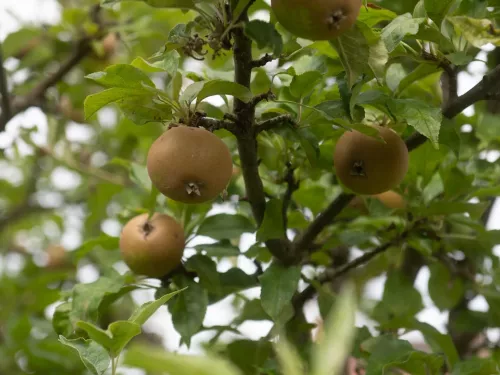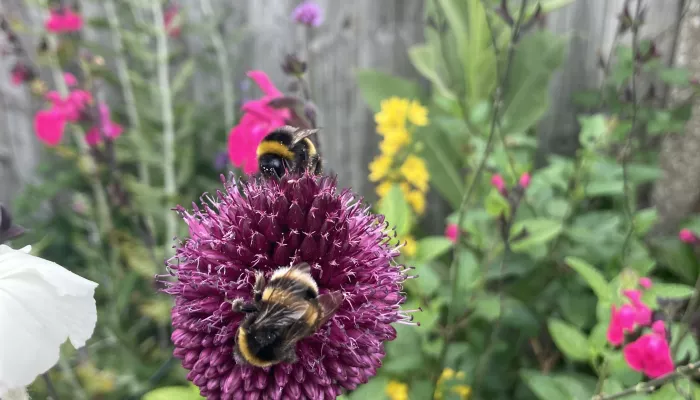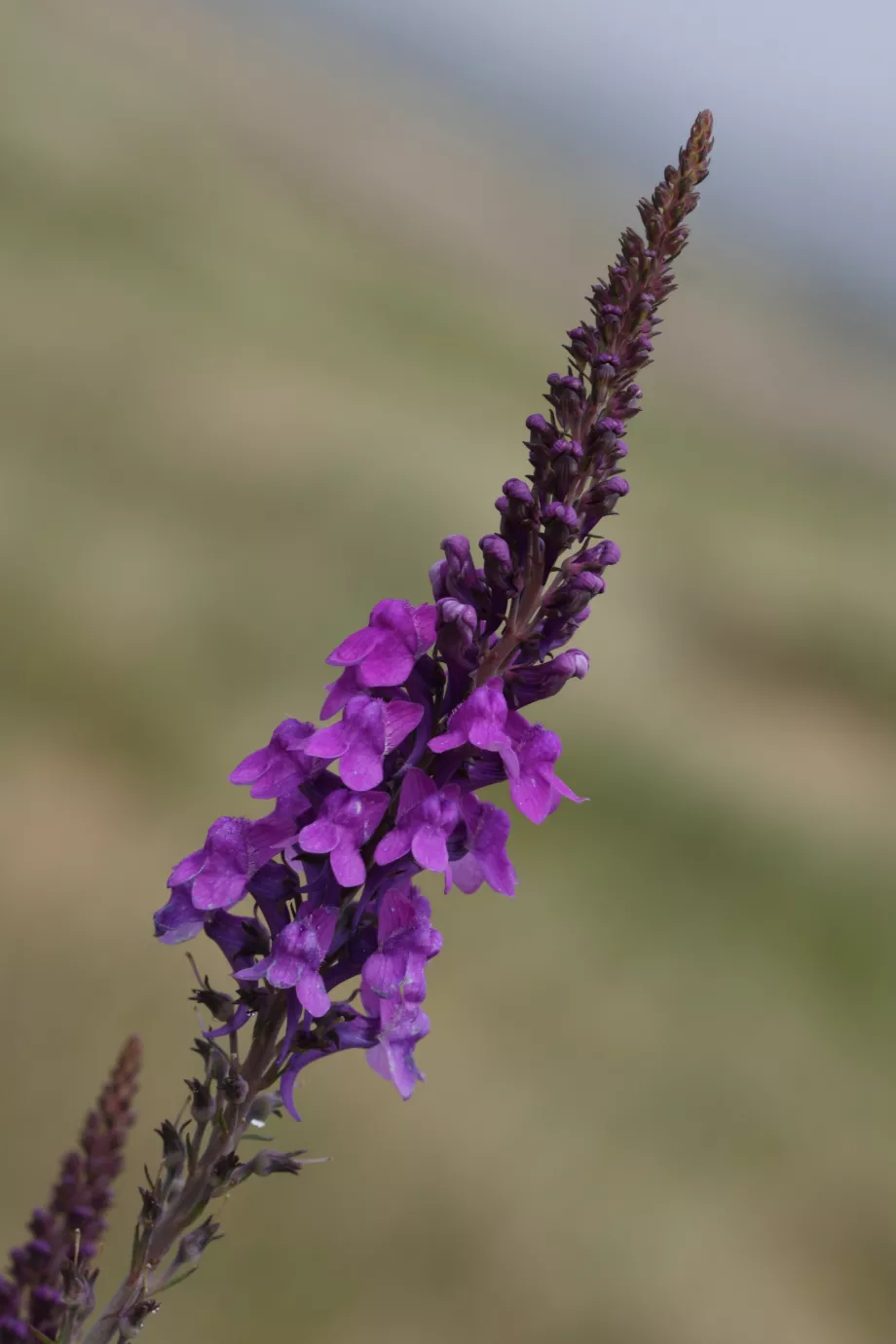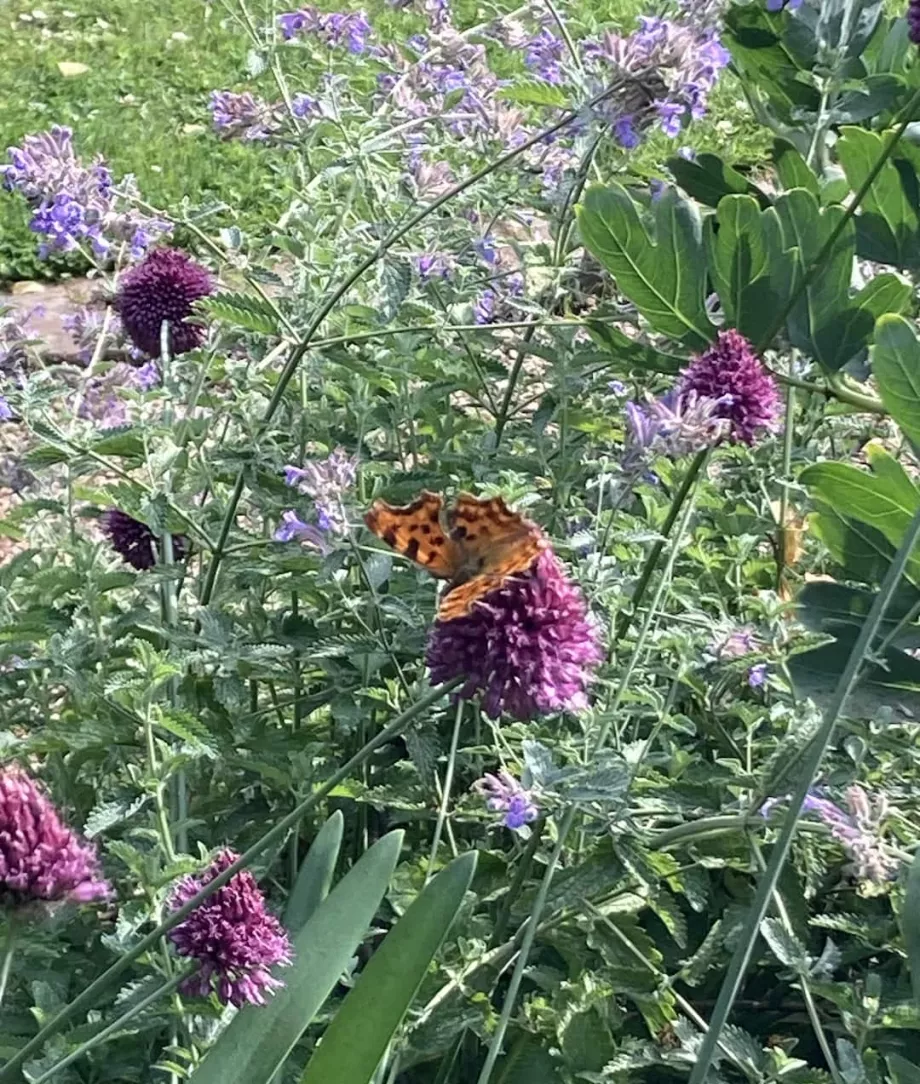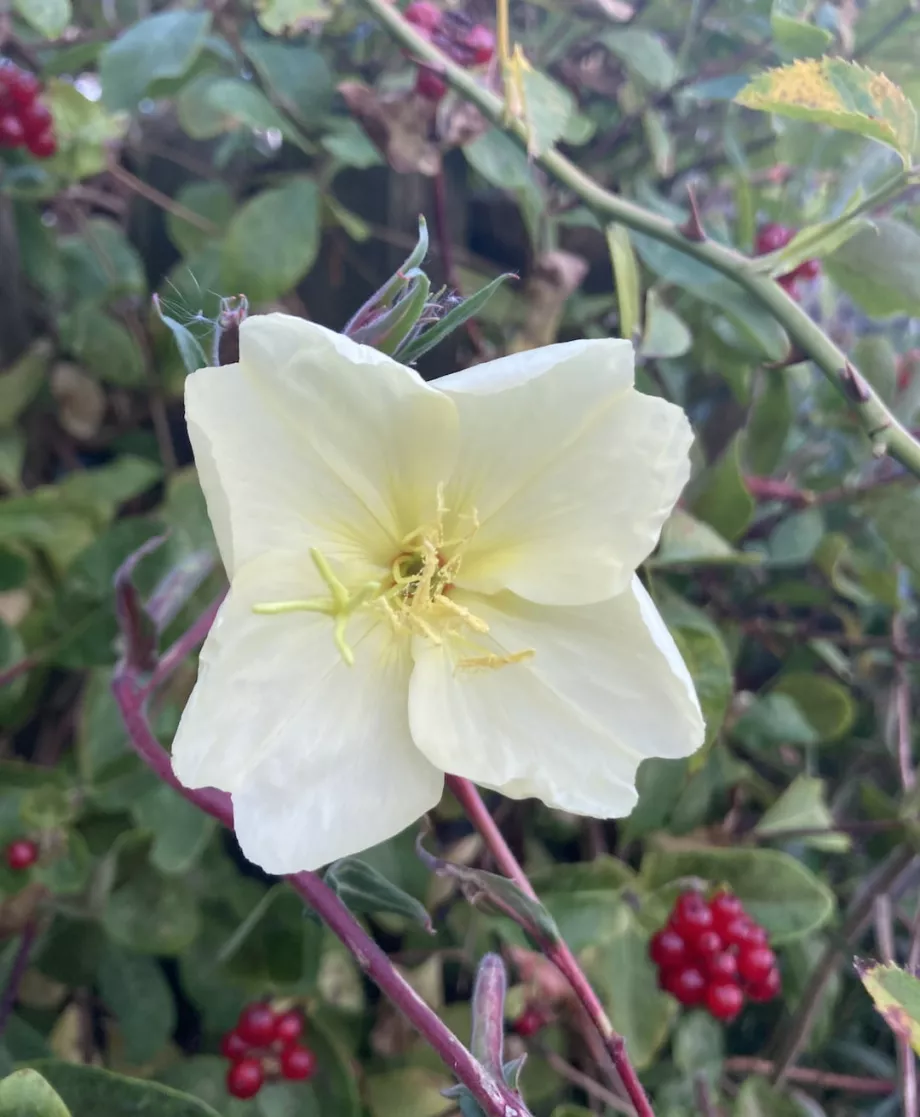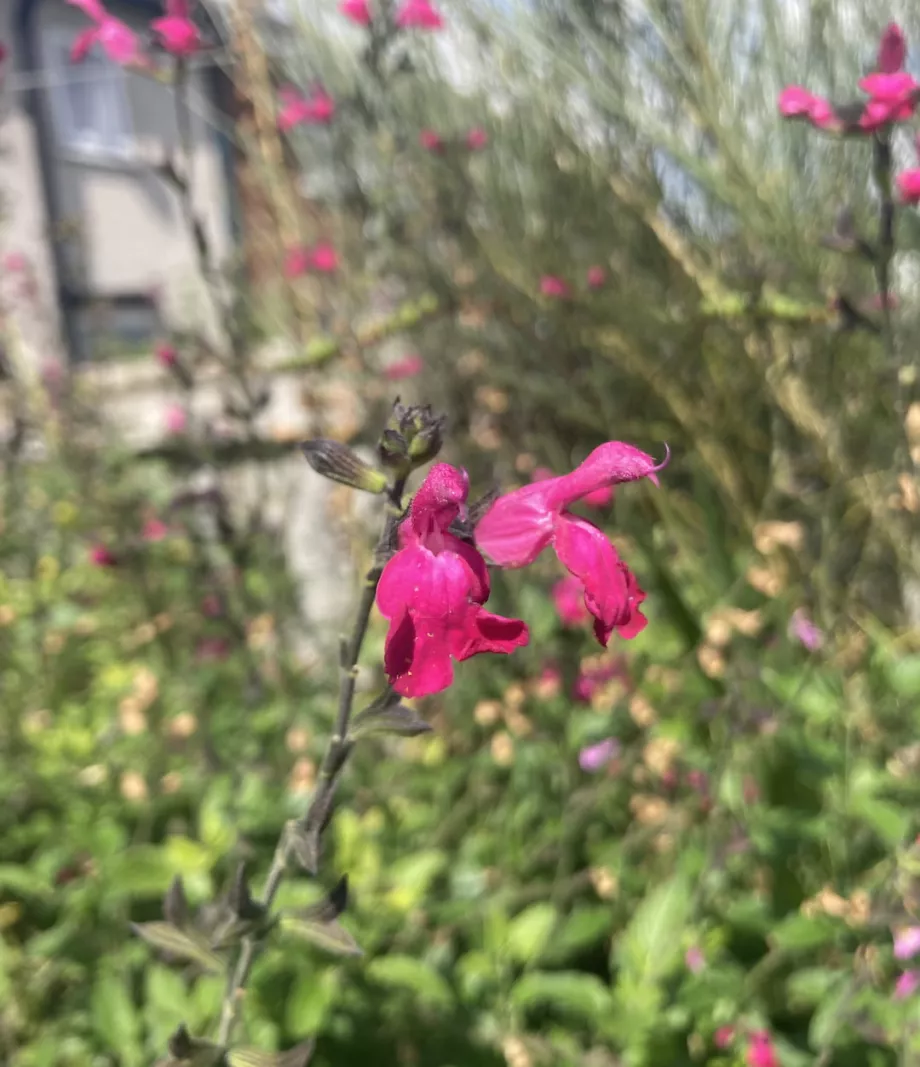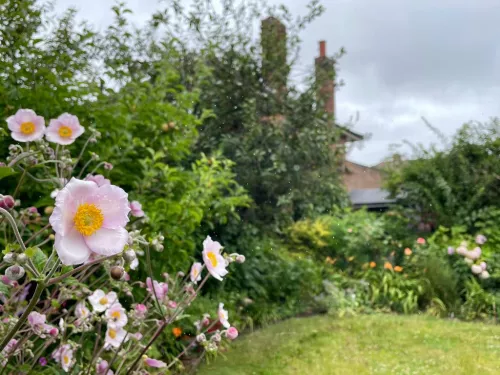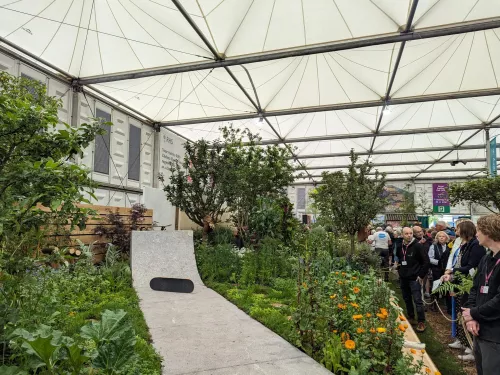Tips to provide for wildlife in your garden once summer passes
Although we tend to focus more on our gardens during summer, it’s important to provide space for nature year-round:
- Leave seedheads on plants over autumn and winter, as a source of food for birds and habitat for insects.
- Plan for a year-round garden, including autumn, winter and early spring flowering plants.
- Let plants die back naturally and avoid over-tidying. This provides habitat and improves your soil.
- Choose plants for different stages of pollinators’ lifecycles, such as plants that are larval foodplants, as well as for butterflies, moths and bees.
Get inspiration at an open garden event
Join us at our open garden events to get tips, advice, and inspiration. Our next open garden takes place on 14 September at Langdon Court near Faversham. A stunning residential garden, it has a large pond, wildflower meadows, 'wilderness’ area, walled vegetable garden, greenhouse, traditional flower beds and more. The Wild About Gardens team will be on hand to give advice, as well as wildlife experts and the site’s gardener. There will also be tea, coffee, cake, children’s activities, plants to buy, and art from a local wildlife artist.
Nature Friendly Open Garden in Faversham
